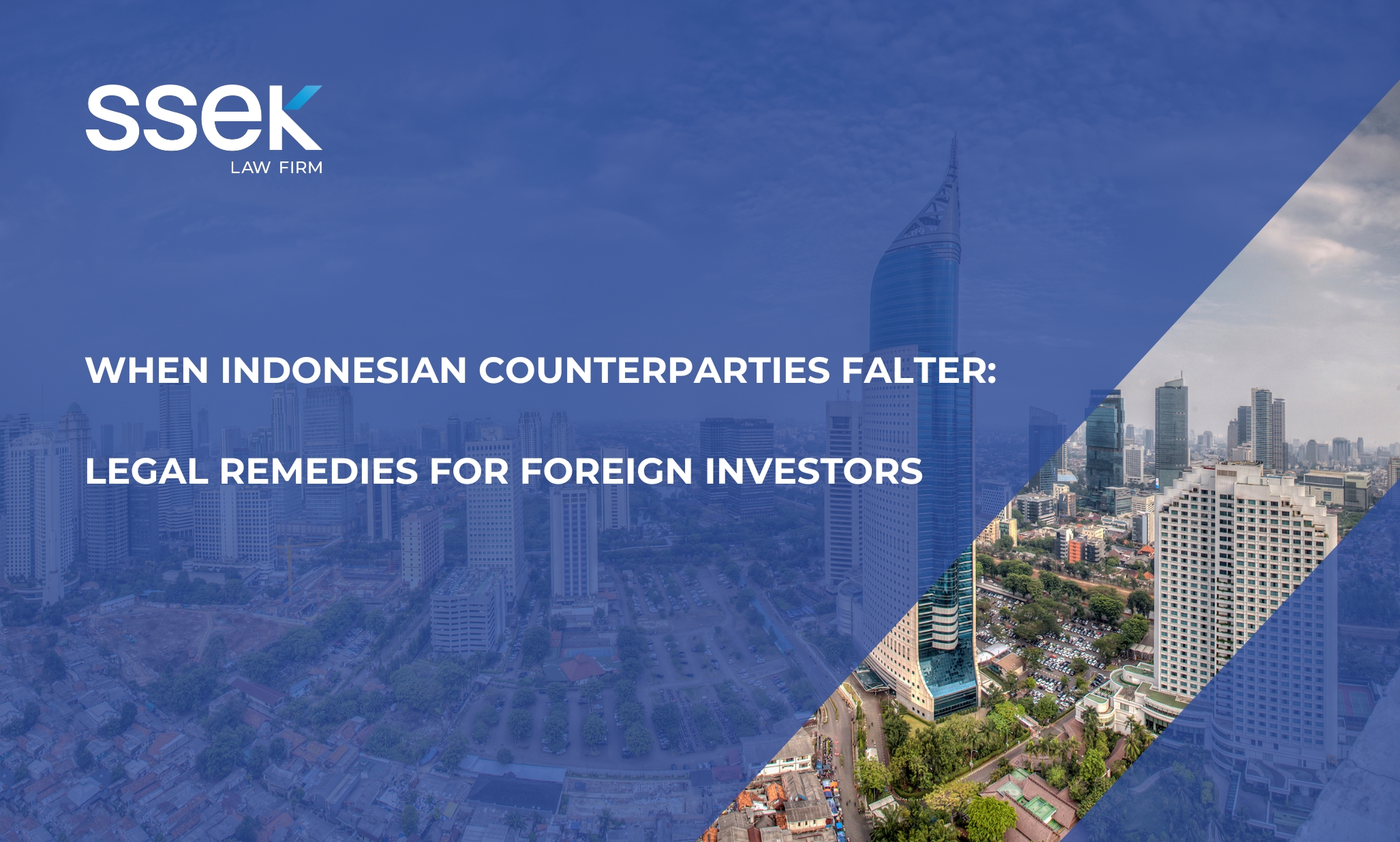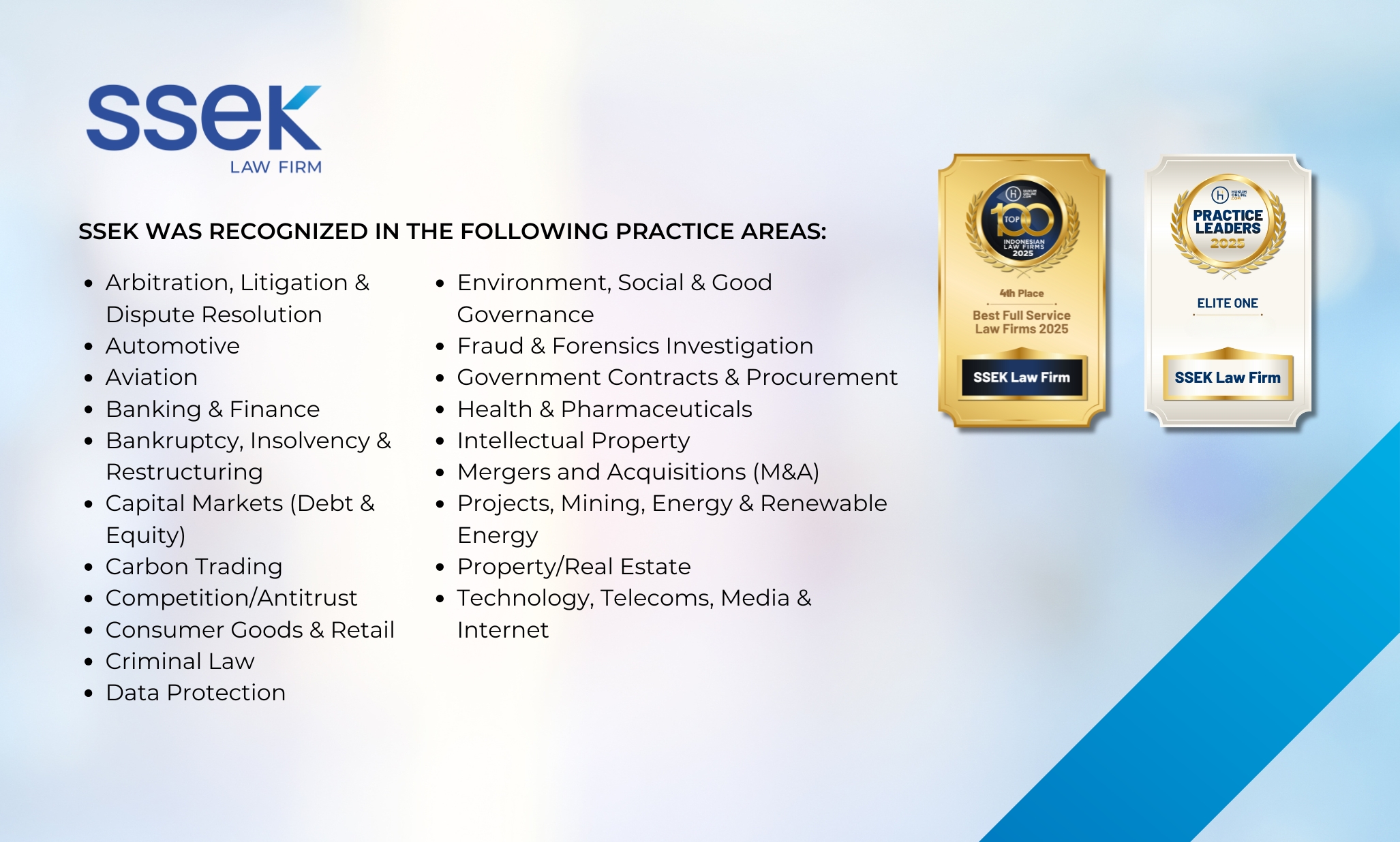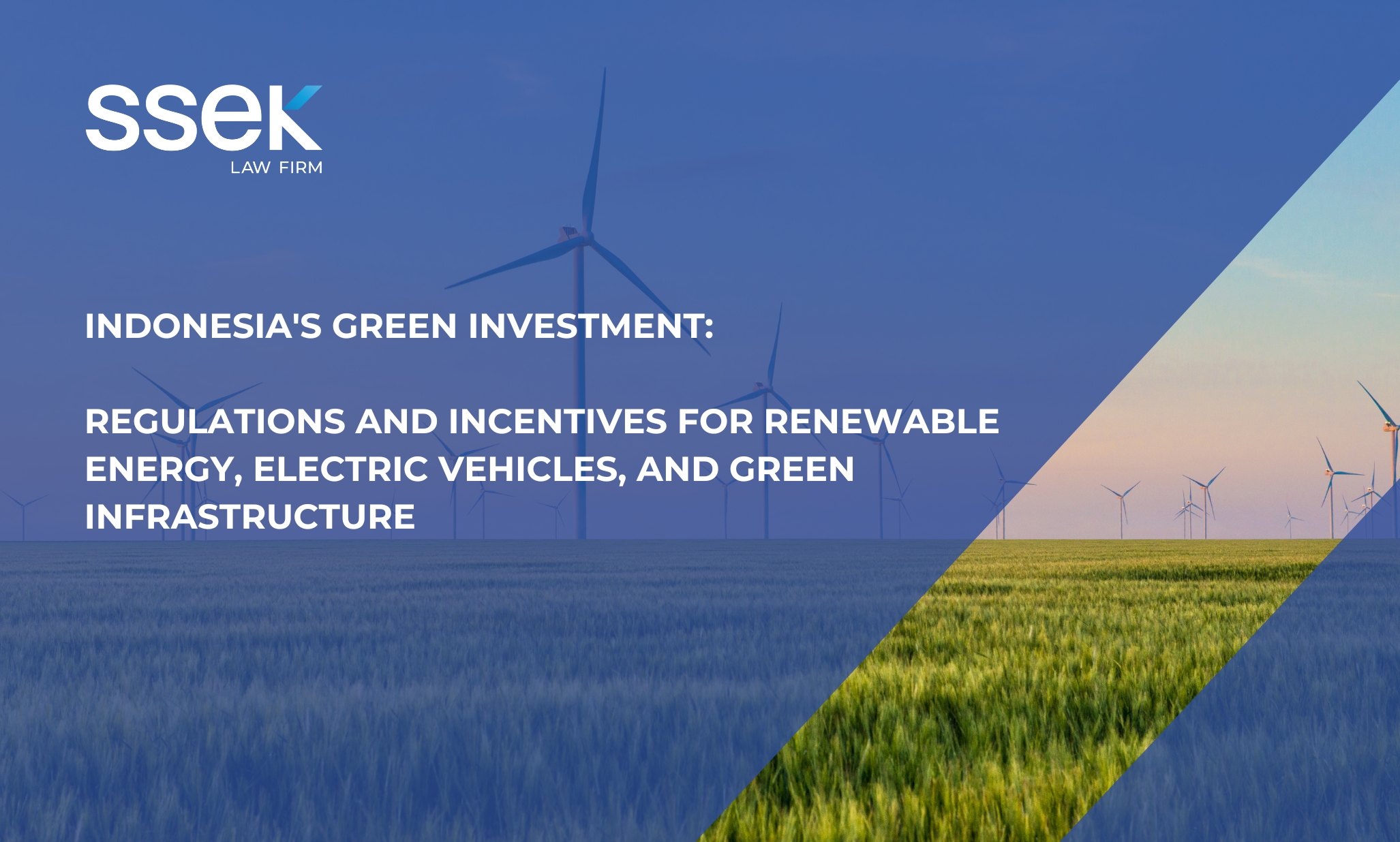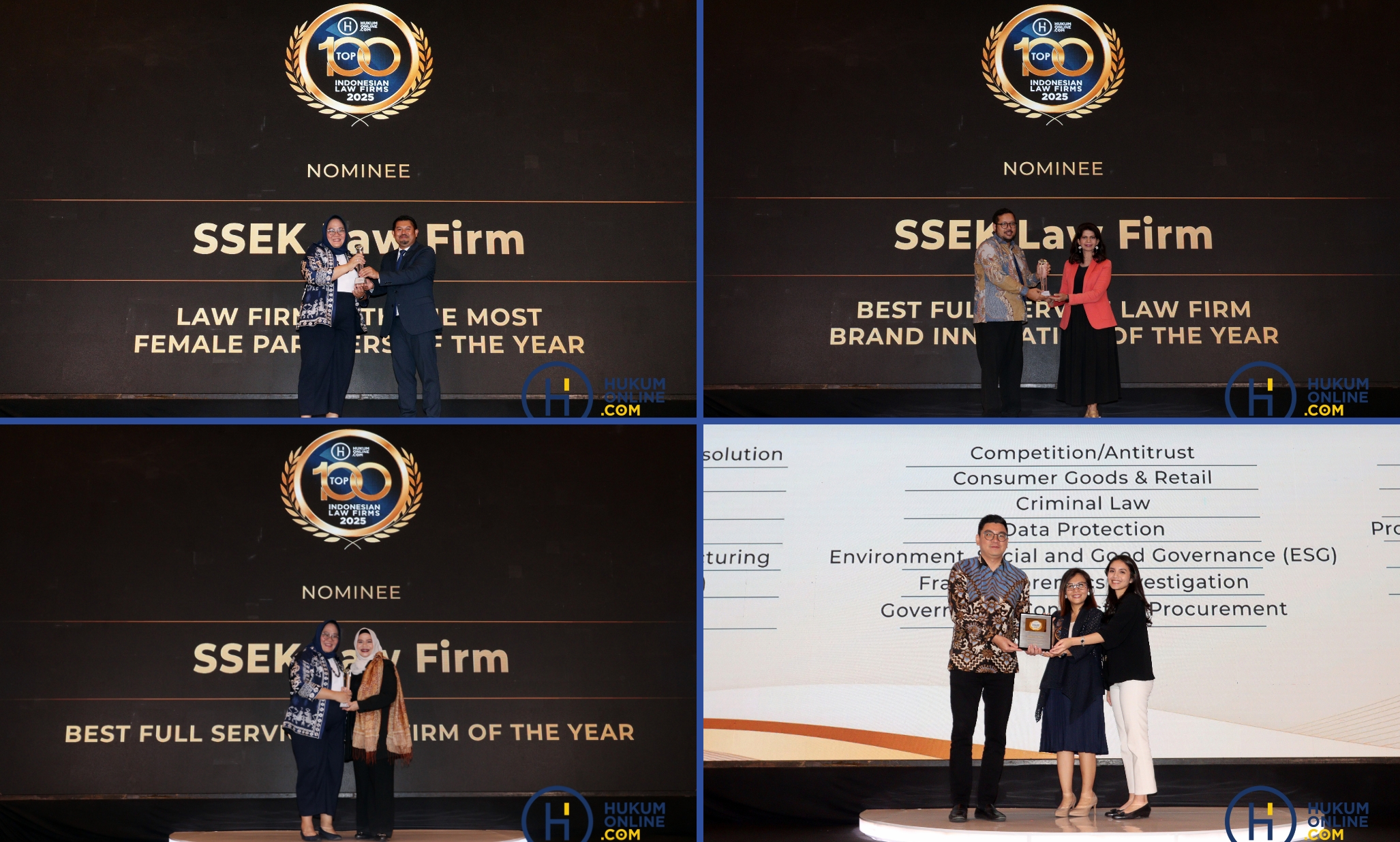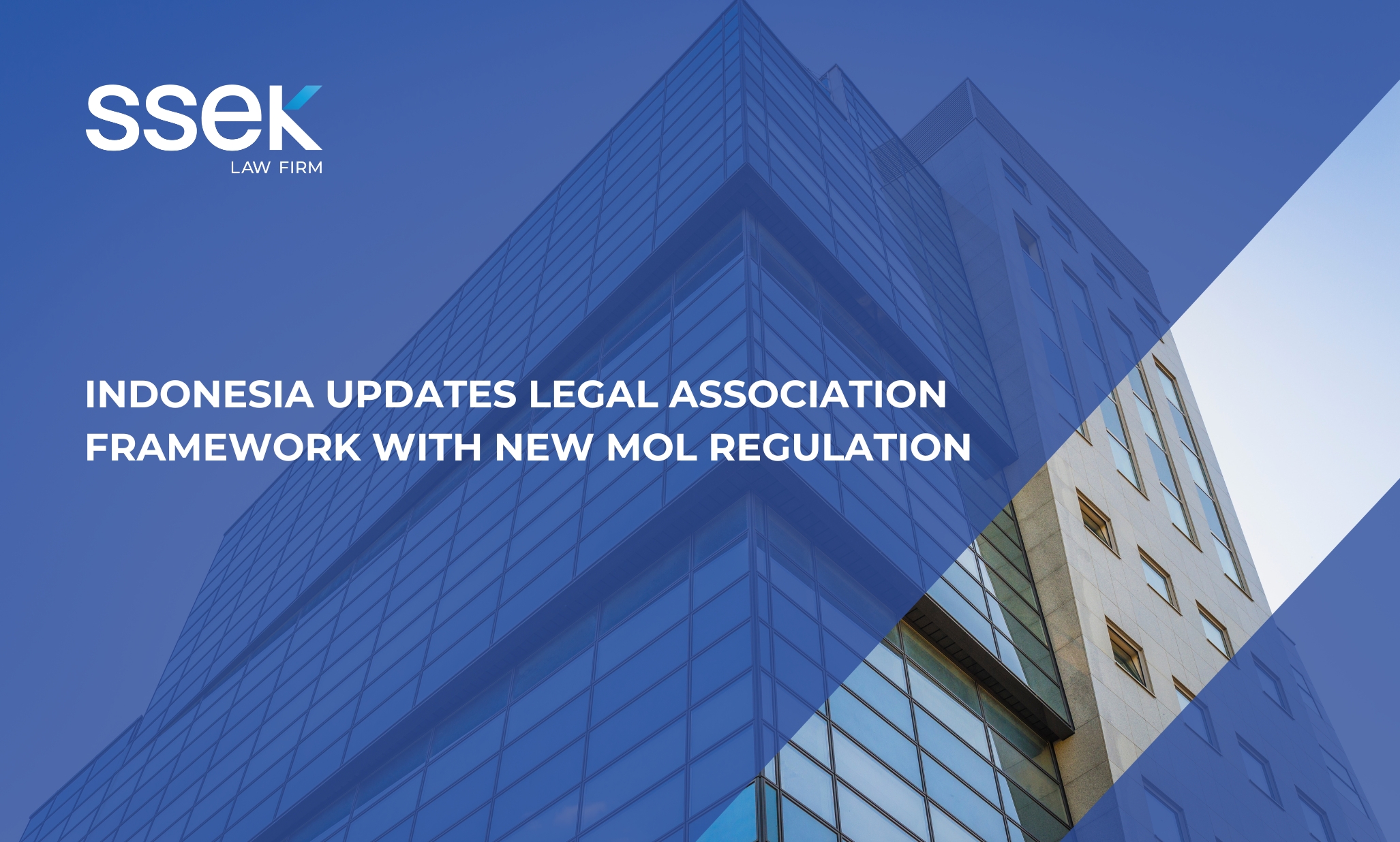


The Indonesian Ministry of Environment and Forestry (“MOEF”) is continuing to develop the regulatory framework for carbon trading in Indonesia. First it issued an umbrella regulation, Presidential Regulation No. 98 of 2021 on Carbon Economic Value (the “CEV Regulation”), which was followed by MOEF Regulation No. 21 of 2022 (“MOEF Regulation 21/2022”).
Now the MOEF has issued MOEF Regulation No. 7 of 2023 regarding Procedures for Carbon Trading in the Forestry Sector (dated June 15, 2023) (“MOEF Regulation 7/2023”).
As with the preceding regulations, where carbon trading consists of emissions offset and emissions trading, MOEF Regulation 7/2023 focuses on regulating carbon trading transactions and activities arising from climate change mitigation activities in the forestry sector. This includes reduction of greenhouse gas (GHG) emissions through, among other measures, reduction of deforestation rate in forest and peatland areas, peatland restoration, mangrove rehabilitation, reforestation in former mining areas, construction of permanent nurseries, eco-riparian, and a list of other actions in the forestry sector.
MOEF Regulation 7/2023 introduces the following crucial points:
- Carbon Trading Activities Limited to Forest Business License Holders and other Rights Holders
MOEF Regulation 7/2023 regulates that carbon trading in the forestry sector can only be performed by the following parties, subject to the relevant prerequisites:
- Holders of forestry utilization business license (perizinan berusaha pemanfaatan hutan or “PBPH”), holders of management rights and forest ownership land rights (hutan hak). These parties will also need to have a sustainable forest management certificate, forest products legality certificate, or declaration of forest products, in accordance with the prevailing laws and regulations.
- Social forestry management approval holders with at least a silver classification in the implementation of social forestry, in accordance with the prevailing laws and regulations.
- Customary law communities, social forestry management approval holders, and communities holding forest ownership land rights (hutan hak). If these parties carry out GHG emissions offset and/or activities, they will receive assistance from the MOEF or be required to partner with a party that has expertise or experience in carbon measurement, project planning and implementation, and accessing carbon markets.
Looking at the above provisions from MOEF Regulation 7/2023, it appears that the only parties in the forestry sector that can engage in carbon trade are project companies that own and hold the rights to forest concessions or land rights, and parties engaged in social forestry or community forestry.
MOEF Regulation 7/2023 does open the possibility for non-forest right holders to engage in carbon trading. Forested, mangrove and peatland areas not categorized as “forestry areas under the auspices of the MOEF” can be managed to generate carbon emission reductions, provided the management of these areas is approved by the relevant national or regional authority, e.g., the Minister of Environment and Forestry, governor, regent or mayor.
- MOEF Regulation 7/2023 Contemplates Imposition of Emissions Ceiling on Peatland and Mangrove Management
MOEF Regulation 7/2023 contemplates a cap-and-trade mechanism for emission trading in the forestry sector. To implement this, the MOEF is expected to determine and impose an emissions ceiling on certain forestry companies engaging in the “peatland and mangrove management” sub-sector.
Similar to what is being contemplated (but has not yet been fully implemented) for coal-fired power plants, the government (through the relevant ministry) would impose an emissions ceiling by stipulating an Emissions Upper Limit Technical Approval (Persetujuan Teknis Batas Atas Emisi or "PTBAE") for companies engaging in peatland and mangrove management. Each company would have to limit their GHG emissions in order not to exceed the ceiling, otherwise they would need to purchase tradeable credits from well-performing companies. These companies would also be subject to certain compliance obligations for reporting their performance and business activities to the MOEF and having them verified periodically, pursuant to the applicable laws and regulations.
MOEF Regulation 7/2023 is silent on whether the emissions ceiling in the forestry sector would also be subject to carbon tax (cap-and-tax) or if it would purely be a cap-and-trade system. The regulation is also silent on whether other forest management, carbon sequestration and/or storage business activities aside from peatland and mangrove management will also be subject to an emissions ceiling. We will have to wait and see how these things are implemented and await clarification from the MOEF.
Finally, the emissions ceiling will also be a factor in determining the quota of carbon credits which can be traded internationally, subject to a formula in the appendix of MOEF Regulation 7/2023.
- Formula to Determine Maximum Quota for International Carbon Trading
To incentivize business actors in the forestry sector, the MOEF will allocate and determine a maximum allowable quota for international carbon trading based on the surplus achieved outside the nationally determined contribution (NDC) target.
The MOEF has set a formula to calculate the highest allowable quota for a particular company to engage in international carbon trading by factoring in the total emissions ceiling for businesses in the forestry sector, the surplus or deficit achieved by certain companies, and each company’s emissions ceiling. This formula and calculation illustration are set out in the appendix of MOEF Regulation 7/2023.
This quota can be determined subject to these conditions:
- a business actor’s annual average target achievement of GHG emissions reduction, as well as storage and/or sequestration of carbon, during a certain time period has outperformed the NDC target for the relevant sub-sector;
- there are business actors that failed to achieve such targets within the given time period as mentioned in (a); and
- the time period as mentioned in (a) and (b) above shall be set pursuant to the NDC target achievement period.
Under these conditions, the international carbon trading quota is determined for each company pursuant to these provisions:
- quota is obtained from the margin between the company’s achievement compared to the sub-sector NDC target;
- the relevant company has reached its GHG emissions reduction, carbon sequestration and/or storage target; and/or
- the quota shall be distributed proportionally (presumably between the companies subject to the emissions ceiling).
Based on the above, it appears that not all emissions reduced can be traded overseas. Business actors should plan to sell the emission reduction not solely on the international market, but also in Indonesia’s domestic market.
- Carbon Trading Prohibitions
MOEF Regulation 7/2023 prohibits carbon trading by parties which:
- are already bound by result-based payment; during the result-based payment validity period, it is regulated that no carbon trading shall be allowed; or
- are already bound by a written international cooperation agreement or other written commitment equivalent to an emissions reduction result-based payment.
- Possible Limitation on Business Actors Using Non-Domestic Certification and Issuance of Carbon Credits
The appendix of MOEF Regulation 7/2023, which provides guidance on the international carbon trading quota, contains an interesting additional note. This note says a company’s surplus GHG emissions reduction under an emissions trading scheme (which can be allocated for international carbon trading quota) shall be issued in the form of a SPE-GRK (Sertifikat Pengurangan Emisi Gas Rumah Kaca or “SPE-GRK”), which is Indonesia’s specific nomenclature for verified emissions reduction/carbon units issued under the domestic measurement, reporting and verification system. It also provides that the SPE-GRK shall result from the validation of data and low-emissions activity and/or climate change mitigation actions that have been verified with the surplus performance of a company’s emissions ceiling.
Whether non-domestic certification systems will be allowed to participate in Indonesia’s international carbon trading schemes (also subject to the mutual recognition mechanism agreement contemplated by the CEV Regulation) remains to be seen, pending further clarification on how this regulation is implemented going forward. To date, we have not seen any mutual recognition mechanism agreement signed by the MOEF with any international certification body.
Conclusion
MOEF Regulation 7/2023 provides a clearer regulatory framework for carbon trading in the forestry sector. However, certain points, particularly regarding international carbon trading implementation, and the involvement of non-domestic carbon issuance and verification platforms, remain to be seen and will require continued monitoring.
This publication is intended for informational purposes only and does not constitute legal advice. Any reliance on the material contained herein is at the user’s own risk. All SSEK publications are copyrighted and may not be reproduced without the express written consent of SSEK.




